As I write this, close to one billion people around the world are chronically hungry and undernourished. The number has gone up and down over time but typically hovers somewhere below 10% of the world’s human population.
I could have written the above paragraph any time in the past two decades, and it would have been true. What’s different now is the cause. Until recently, global hunger was primarily a symptom of a shortage of justice, ethics, and will. The world produced enough food for every person, but did not set up or fund systems to distribute that food to the most vulnerable populations globally.
That’s still true, but now there’s a new problem on top of it: an actual shortage of food, caused by a perfect storm of climate change, war, and supply chain wobbles triggered by the COVID-19 pandemic. So even if humanity developed the will to share food equitably, at this point, there may literally not be enough of the foods we want to go around.
The World Food Programme estimates that over 349 million people are experiencing or on the verge of facing acute hunger or food insecurity. Billions more face times of not having enough, or any, food to eat.
If you don’t happen to be a billionaire, the CEO of a multinational corporation, or the head of a government or influential global nonprofit, you might be wondering if there’s anything you can do beyond just reading this article and getting informed. As you’ll see it turns out that even with all the problems we face, there is something meaningful that each of us can do to help put a dent in the global food crisis.
In this article, we’ll examine the causes of the current food crisis, and some possible solutions.
An Unprecedented Food Crisis
What makes the current hunger crisis so different from the steady state of global food instability is that for the first time in a long time, there’s a shortage of both agricultural outputs (that is, food) as well as inputs that the dominant food production systems depend on (principally water and fertilizer).
The biggest shocks are due to the war in Ukraine, which exacerbated existing problems, many of which got worse from COVID-19 disruptions to fragile supply chains. But the whole thing rests on an increasingly shaky foundation, as we reckon with the rising specter of climate crisis and groundwater depletion — in a world in which most of our agricultural land and water are going to livestock production.
What’s Causing the Current Global Food Crisis?
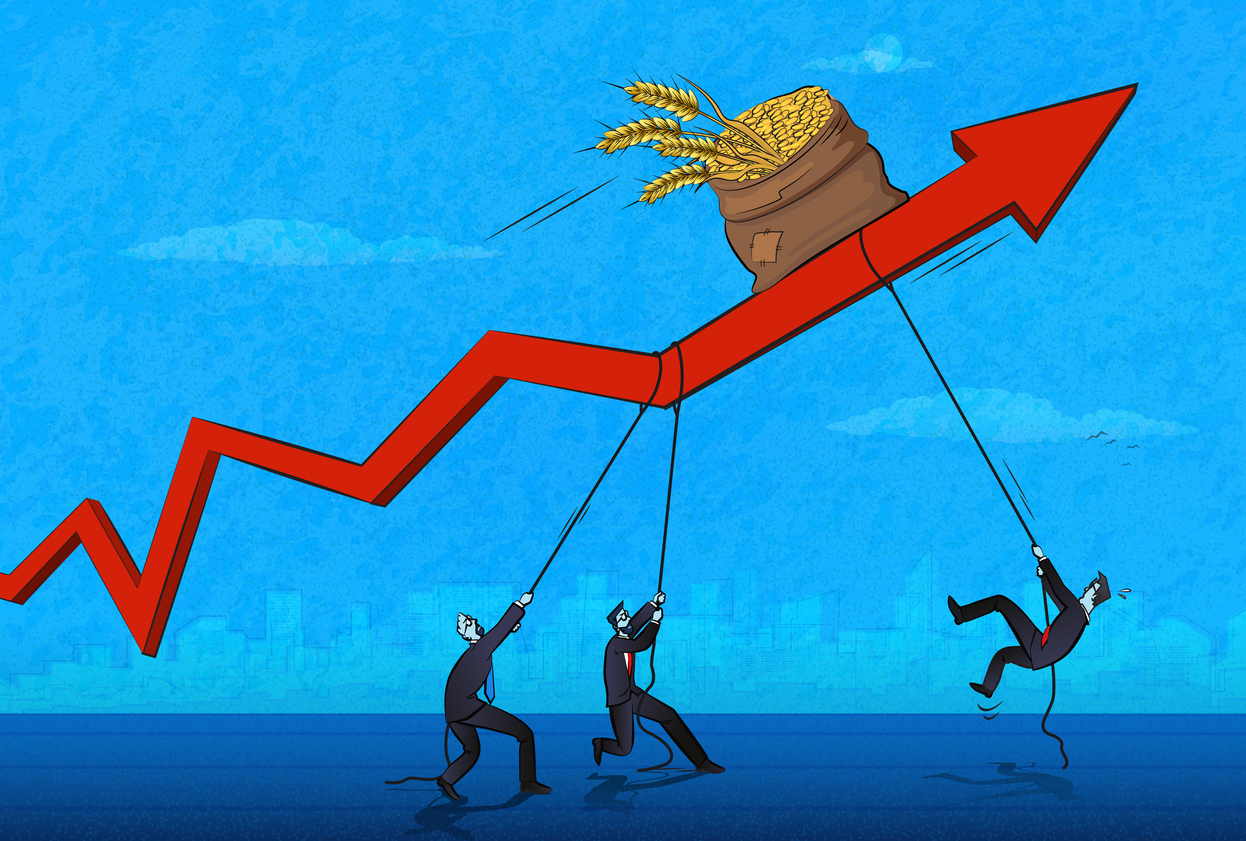
Before we talk about fundamental solutions, let’s look more closely at the causes of world hunger and the conditions that have led to the current food crisis. As we’ve seen, they include disruptions in the supply chain due to the COVID-19 pandemic, the Russia-Ukraine war, and climate change. All of these have reduced the supply of food. And as they teach in Economics 101, when supply falls, prices rise.
For someone who’s financially well off, or even living comfortably, a price increase for a food product doesn’t necessarily represent a disaster. But for people who are living in poverty and typically spend up to 40% of their income on food (compared to the US average of 10%), those increases mean having to buy less and choose cheaper (and often less nutritious) food. For some, starvation is a tragic but real possibility.
Food prices rose by a record 31% in 2021 alone, and they’re projected to continue rising for the foreseeable future.
Climate Change and Hunger
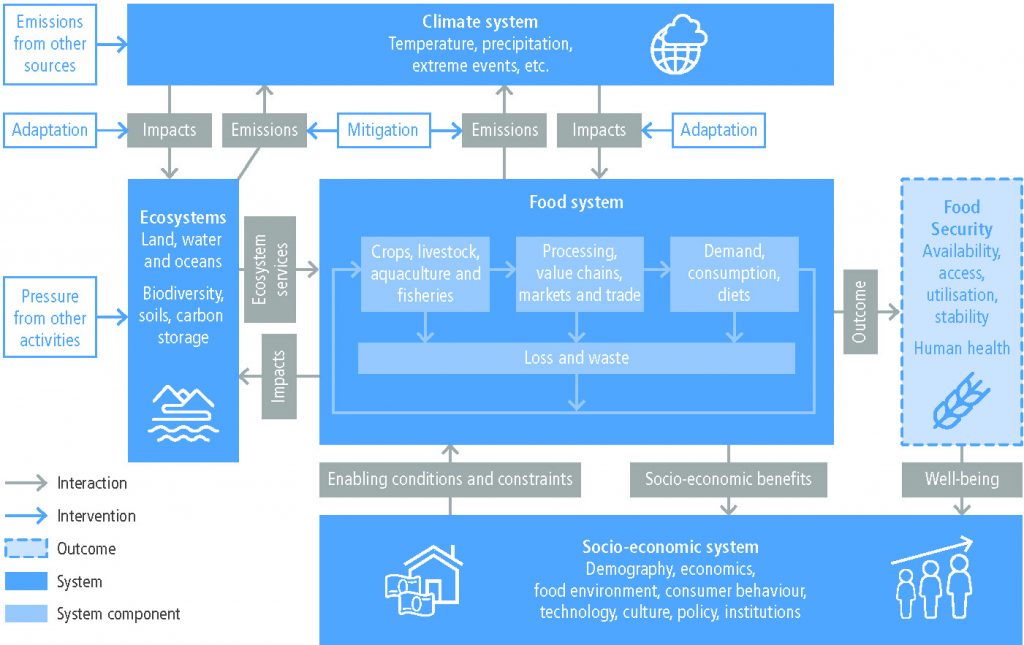
Climate change is reducing the supply of arable land and, in many places, water. As more places turn into deserts due to insufficient rain, the pressure increases for intensified agricultural methods that will squeeze every calorie from the land that’s still able to be farmed. But this, in turn, leads to short-term thinking that can lead to loss of topsoil and rapid exploitation of whatever groundwater still remains.
Globally, we rely on just a few crops for many of our calories. In fact, three crops — wheat, corn, and rice — directly provide more than 40% of our calories. Among the negative impacts of climate change, both corn and wheat yields are projected to decrease significantly due to heat stress and increasing greenhouse gas emissions. And the more the planet warms, the greater those crop losses will become.
Not all parts of the planet are drying out. Wet areas are getting wetter, and more intense and frequent major storms and flooding are creating large populations of climate refugees. Forced off their lands, many of these people now face poverty and malnutrition.
COVID-19 and World Hunger
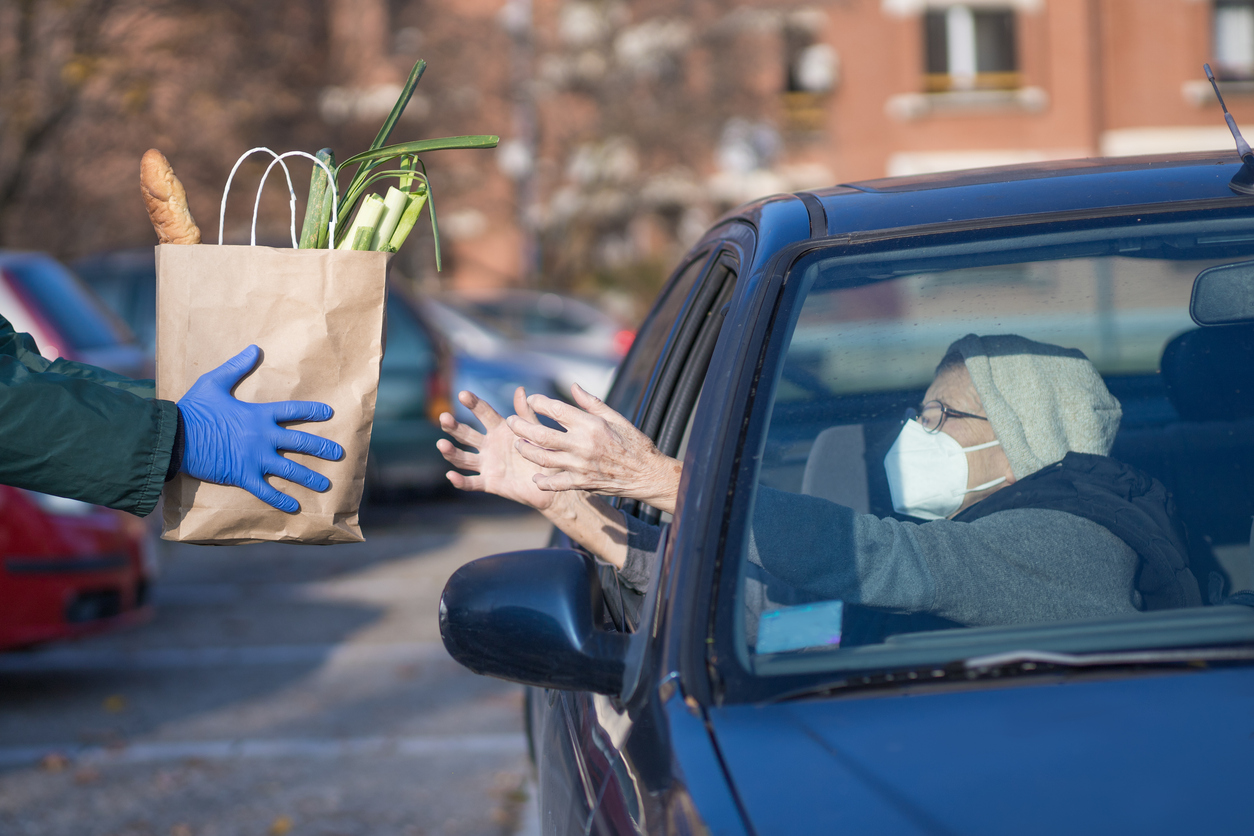
The COVID-19 pandemic and the worldwide response to it led to a spike in the global malnutrition rate.
First, it disrupted the food supply chain, forcing farmers and food distribution hubs to dump food because of facility closures. Employees falling ill, or quitting in the face of unpleasant and sometimes unsafe working conditions, led to additional disruptions in the transportation of food and agricultural inputs and equipment.
And the number of hungry people increased because of business closures leading to loss of income. Around the world, food banks and pantries reported not being able to get enough food to feed more hungry mouths.
Ukraine Food Crisis
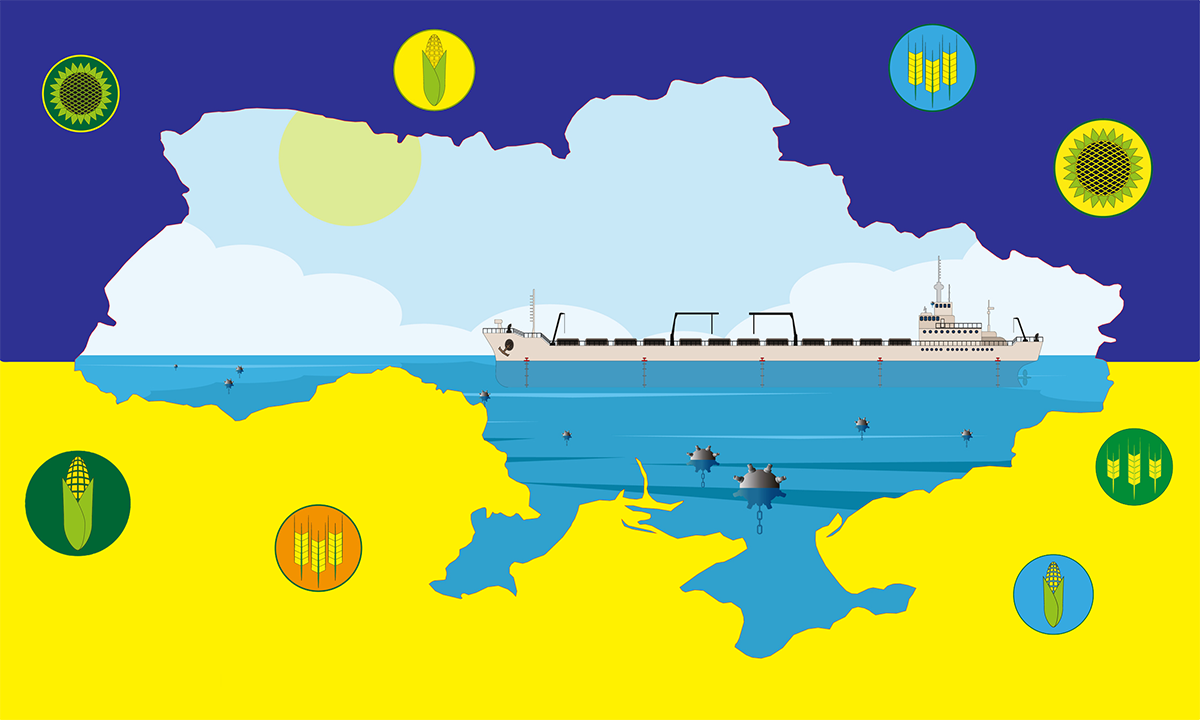
The Russia-Ukraine War has dramatically accelerated the current food crisis. The combatants, Ukraine and Russia, have traditionally been major producers and exporters of some of the world’s most central calorie crops, including about 30% of all the wheat exported globally.
Since the conflict began, Ukrainian farmers have had difficulty growing food as many have joined the military or fled their land. And the nation has had trouble exporting agricultural products. Due to attacks on agricultural infrastructure and Russian blockades of the main export routes in the Black Sea, food has been stranded at ports for months.
In addition, sanctions against Russia have impacted Russia’s ability to export its own grain to the world.
And as of this writing, a tenuous deal between Russia and Ukraine — mediated by Turkey and the UN — has allowed the flow of grain out of the region but it is volatile. Russian inspections of cargo have slowed, leading to delays that contribute to the hunger crisis. And Russia is still restricting the majority of shipments from Ukraine, blocking more than half of Ukraine’s seaports.
Russia is also a major exporter of fertilizer, which is vital to farmers’ yields in the modern industrialized food system. Many staple crops like wheat and corn are heavily reliant on fertilizers, at least as currently grown in giant monocropped plots with little fertility remaining in the native soil.
With sanctions against Russia cutting off the flow of fertilizer, crop yields are down around the world.
Less yield equals less food and higher prices, following the classic supply and demand curve.
These impacts disproportionately affect the people that are already the most vulnerable to starvation, especially those in Africa, the Middle East, South Asia, and Latin America. The UN warns that up to 49 million people in 49 countries could be facing total famine.
A Key Problem With Our Food System
Historically, the UN and the agricultural industry have tried to address world hunger by increasing food production.
In pursuit of this goal, the world’s dominant powers have favored strategies such as monocropping, heavy pesticide and fertilizer application, scaling and mechanization, and bioengineering (GMOs). And for a few decades, yields did increase. But the gains turned out to be unsustainable.
Staple crops like wheat, corn, rice, and soybeans are often grown in a monoculture system. There are many problems with this approach, including low diversity leading to the potential for devastating plagues and crop losses, depletion of soil fertility due to single-crop farming, and increased resistance to the biocides used to deter or kill everything but the staple crop.
And despite decades of promises, bioengineered crops haven’t solved these problems. Rather, they’ve made it worse in some respects, as each new crop now requires a custom application of biocides.
So even if we fixed all the political and economic obstacles to distributing food fairly across the world, there may simply not be enough food to go around unless we fundamentally change how we grow our calories — and what we do with them.
And that brings us to the crux of the matter.
Cycling Calories Through Livestock
Here’s the central problem: much of our staple crops aren’t grown to feed people. Instead, they’re cycled through livestock, as animal feed. This is significant because it’s an incredibly wasteful conversion. It takes 8–12 pounds of corn to produce one pound of feedlot beef, for example.
Globally, livestock production uses around 80% of the world’s agricultural land, but only provides 18% of the calories consumed by humans. Over half the grain, 80% of the soy, and 50% of the corn grown is fed to livestock, not humans. This industrialized agriculture, which turns abundant staples into expensive and relatively scarce meat, eggs, and dairy, also fuels climate chaos, as the meat and dairy industries are among the largest contributors to greenhouse gas emissions.
Factory farms raising livestock use 20 times the land, and hundreds of times the water, compared to farms that grow crops directly for human consumption. In addition, factory farms pollute our waterways and air. And around the world, cash- and calorie-strapped countries are destroying rainforests to make room for cattle grazing.
View this post on Instagram
Going Plant-Based for Hunger
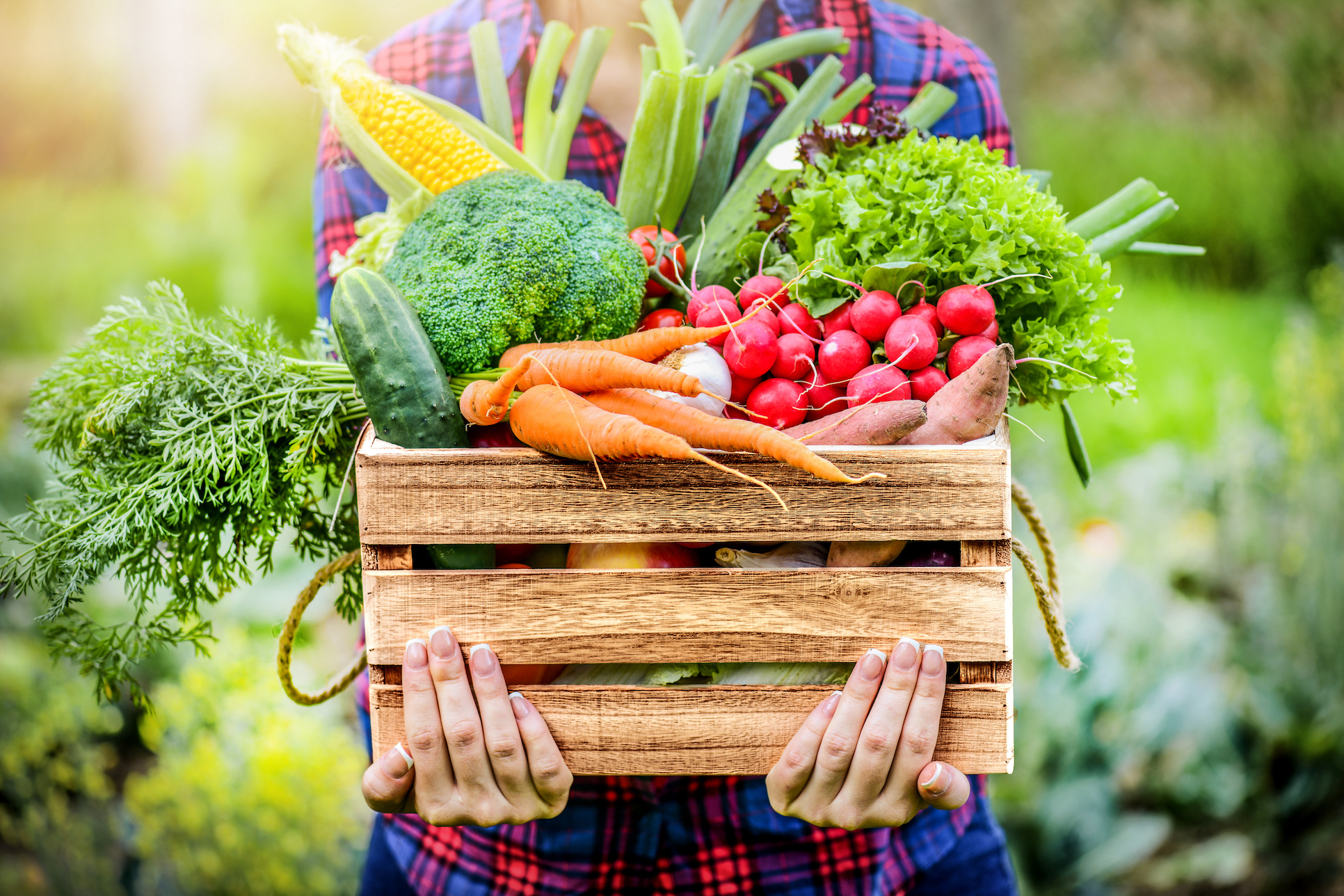
So, after all this bad news, how can we do our part to reduce the impact of these crises and contribute to a world where everyone has safe and healthy food to eat? There’s one positive action step that each of us can choose: eating more plants and fewer animal products.
Doing so isn’t just good for your waistline and your personal health. It can also bend the arc of our food system towards greater justice and sustainability for all.
If we free up some of these staple crops for people instead of livestock, we can take a bite out of hunger and climate change. Of course, there is no guarantee that the staple foods we save from livestock farming would reach the world’s hungry people — because many still can’t afford to buy them. But when we stop wasting food by cycling it through livestock, we increase the food supply for people, which in turn will bring down prices. In essence, eating lower on the food chain makes food more affordable, as well as more abundant, for everyone.
By shifting away from growing crops for animal feed (as well as fuel for cars), and instead growing crops for direct human consumption, we could increase available global food calories by as much as 70%.
This means that even as we lose some arable land to droughts and floods, we could still easily feed a world of 10 billion people or more.
When we swap out meat for a diversity of grains and veggies, and especially if we buy locally grown produce, we create the space and incentives to transform the food system away from its dependence on fertilizers and pesticides, long supply chains, and global trade in a few staple crops. Plant-based farming and diets are more sustainable and key to feeding the future, and may be one of the possible solutions to world hunger.
The tipping point isn’t unreachable. According to the World Resources Institute, if people who eat the most meat reduce their consumption of ruminant meat (mainly cattle, sheep, and goats) by 40% in favor of plant-based proteins, that shift would, by itself, slash greenhouse gas emissions and free up enough land to feed every single human we expect to have on the planet by 2050.
You Can Do Your Part for Hunger Relief
The world is facing a food crisis due to a variety of factors, including war, pandemic, and climate chaos. And the way we’re growing and using our food is making these problems worse. But it turns out, there’s a lot that we can do about it.
In addition to any activism or philanthropy you might participate in, including donating to food banks and pantries, you can also vote with your dollars (and your mouth) by choosing plant-based foods.
In her stirring 1986 song “Common Thread,” activist/musician Pat Humphries laid out the choice before us:
We can feed our grain to cattle and the rich man will be fed
Or we’ll feed our grain to people so that millions will have bread.
In the final chorus of the song, she paints a picture of the world made possible should we collectively choose the second option:
We will rise like the ocean we will rise like the sun,
We will rise all together we will rise
We will build a global family strengthened by our common threads
We will rise all together we will rise.
And I’ll echo that chorus with words that my dad and colleague, John Robbins, has used in the culmination of each of his books:
May all be fed
May all be healed
May all be loved
Tell us in the comments:
- Were you aware of how serious the global food crisis is?
- Have you noticed food inflation in your grocery bills? What foods have increased their prices the most?
- What’s one thing you do to lower the carbon or calorie footprint of your diet?
Featured Image: iStock.com/Cemile Bingol

